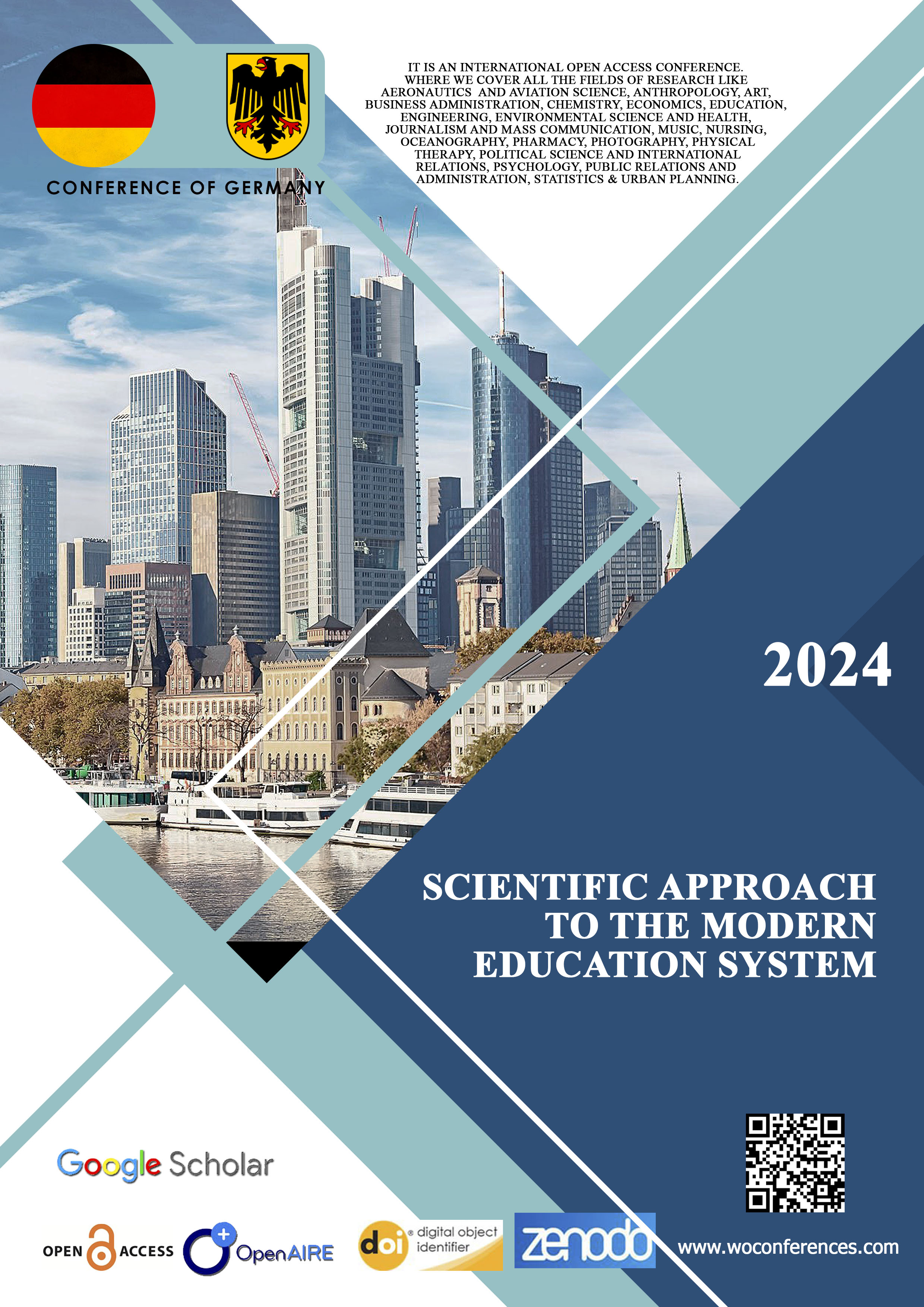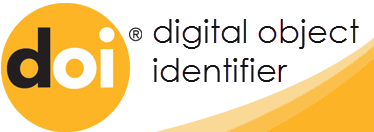SEMANTIC AND MORPHOLOGICAL ANALYSIS OF PHARMACEUTICAL NEOLOGISMS
Abstract
Pharmaceutical neologisms emerge as a response to advancements in medical science, technology, and pharmaceutical practices. The study of these neologisms involves analyzing their semantic (meaning) and morphological (form) characteristics. This article explores the methods used to analyze neologisms in the pharmaceutical field, with a focus on their practical applications, functional-grammatical models, and the impact of linguistic adaptation. The importance of understanding these new terms, their formation mechanisms, and their integration into scientific and clinical practices is highlighted.
References
1. Shlyakhov, O.M. (2004). Theoretical Foundations of Pharmaceutical Terminology.
2. Vinogradov, V.V. (1977). Semantic Analysis of Pharmaceutical Terms.
3. de Groot, R. (2012). The Global Spread of Pharmaceutical Neologisms.
4. Makarov, A.M. (1999). Innovations in Pharmaceutical Terminology and Word Formation.
5. Dmitrieva, S.G. (2013). The Impact of Pharmaceutical Neologisms on Linguistic Structures.
6. Sklyar, K.D. (2010). Pharmaceutical Terminology in the Context of Interlinguistic Relations.
7. Lister, J.C. (2015). Pharmaceutical Terms and Their Adaptation in International Language.
8. Shapovalov, D.D. (2007). The Evolution of Pharmaceutical Terminology: A Linguistic Approach.
9. WHO, International Nonproprietary Names (INN) System.
10. National Pharmacovigilance Guidelines, 2021.









